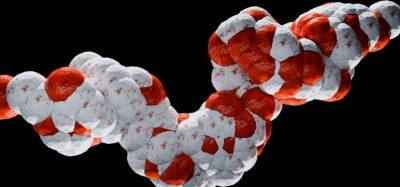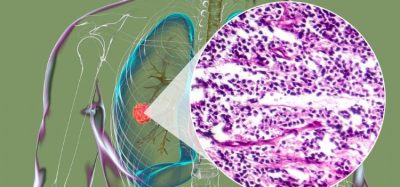WHO proposes recommendations for preventing nitrosamine contamination
Posted: 30 April 2024 | Catherine Eckford (European Pharmaceutical Review) | No comments yet
The World Health Organization (WHO)’s draft guidance on nitrosamines is applicable to manufacturers of excipients, active pharmaceutical ingredients (APIs) and finished pharmaceutical products.


The World Health Organization (WHO) has published a new draft guidance on mitigating nitrosamine contamination in pharmaceutical products.
Manufacturers of excipients and APIs should be compliant with relevant WHO good manufacturing practice (GMP) guidelines”
One of the key recommendations described the actions manufacturers should take upon identifying a case of nitrosamine contamination that is above acceptable limits. “Risk and impact assessment should be done with root cause determination”, alongside investigation to determine whether shared facilities, equipment or other batches have been contaminated.
Specifically, WHO recommended that “common excipients, starting materials or solvents” should be assessed to identify if these substances are the potential source of contamination.
Furthermore, WHO proposed that manufacturers should perform a root cause analysis to support identification and risks for nitrosamine contamination. Manufacturers of excipients and APIs should be compliant with relevant WHO good manufacturing practice (GMP) guidelines, according to the draft guidance.
Nitrosamine acceptable intake (AI) limits
Regarding setting appropriate acceptable intake (AI) limits for nitrosamines, WHO stated that consideration should be given to “the Enhanced Ames Test (EAT) conditions and the Carcinogenic Potency Categorization Approach (CPCA)”.
WHO highlighted that manufacturers should also consider “the threshold below which a nitrosamine impurity is not expected to be included in routine testing specifications”.
For setting AI limits, WHO noted “expectations when a nitrosamine impurity cannot be synthesised or isolated and purified” should be considered.
When considering If N-nitrosamines are present in finished pharmaceutical products, when setting AI limits, “without sufficient substance specific data to derive a substance specific limit for lifetime exposure as described above, the carcinogenic potency categorisation approach (CPCA) for N-nitrosamines should be used”. This is excluding cases where additional “robust” data is available to “override this AI”.
Analytical procedures
For the separation of thermally labile nitrosamine impurities, “gas chromatography (GC) coupled with detection by thermal energy analysis (TEA) or mass spectrometry (MS)” should be utilised where appropriate, WHO wrote.
The organisation recommended that “liquid chromatography (LC) coupled with detection by TEA, MS, or ultraviolet light (UV)” can be used as an alternative analytical approach for volatile and non-volatile nitrosamines.
Otherwise, the guidance stated that in analysing low dose drugs with lower limits, “high performance liquid chromatography (HPLC) with UV detection” may be the only adequate solution, due to its low sensitivity.
The WHO’s draft guidance on nitrosamine impurities is open for comments until 9 June 2024.









